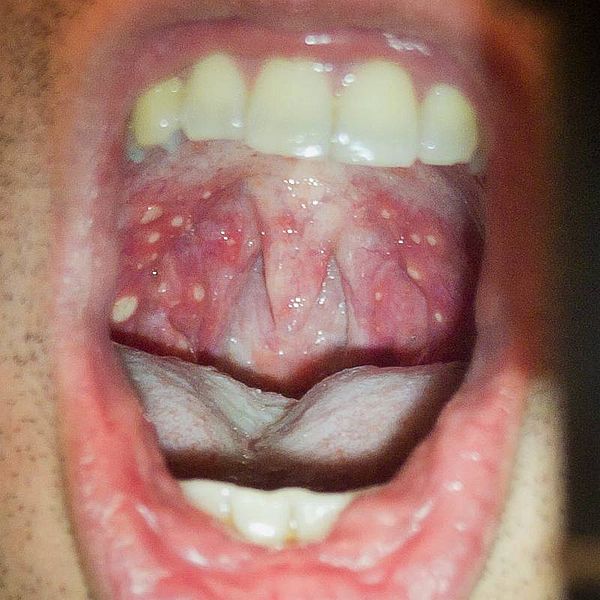After reporting about 50,000 hand, foot and mouth disease cases in 2016, Vietnamese health officials with the General Department of Preventive Medicine are warning the public to take protective measures as more than 2100 cases have been seen in 57 localities so far in 2017.

Image/shawn c
A local media report does note that the total number of cases is still 38.6 percent lower than in the same period last year, with most cases reported in south.
HFMD is typically a benign and self-limiting disease. Most common in young children, it presents as fever, oral lesions and rash on the hands, feet and buttocks. The oral lesions consist of rapidly-ulcerating vesicles on the buccal mucosa, tongue, palate and gums. The rash consists of papulovesicular lesions on the palms, fingers and soles, which generally persist for seven to 10 days, and maculopapular lesions on the buttocks.
Hand, foot, and mouth disease is caused by viruses that belong to the Enterovirus genus (group). This group of viruses includes polioviruses, coxsackieviruses, echoviruses, and enteroviruses.
Enterovirus 71 has been implicated in HFMD outbreaks in Southeast Asia over the several years. EV 71 is a non-polio enterovirus.
Complications associated with HFMD caused by the more pathogenic EV-71 strain include encephalitis, aseptic meningitis, acute flaccid paralysis, pulmonary edema or hemorrhage and myocarditis. Most deaths in HFMD occur as a result of pulmonary edema or hemorrhage.
Related: Dengue fever: Vietnam reports 25 percent increase in 2016


One thought on “Vietnam issues hand, foot and mouth disease warning”